BAGHOUZ, Syria — They climbed along a jagged pathway on the edge of Mount Baghouz, a monolithic cliff overlooking the last patch of land held by the Islamic State, carrying with them whatever they could hold.


Men, women and children arrived by the thousands in recent weeks, surrendering to the Syrian Democratic Forces, a coalition of U.S.-backed Kurdish and Arab militias that have overseen the battle to finish off the last bastion of the so-called caliphate — a tiny scrap of makeshift tents on the edge of the Euphrates River.
Videos by VICE
“Kids were dying. There was no more food. They had nothing left to give us,” a Canadian woman married to an ISIS fighter told VICE News. “They [ISIS] said whoever wants to leave, if you can’t handle it anymore, you have the green light to go.”
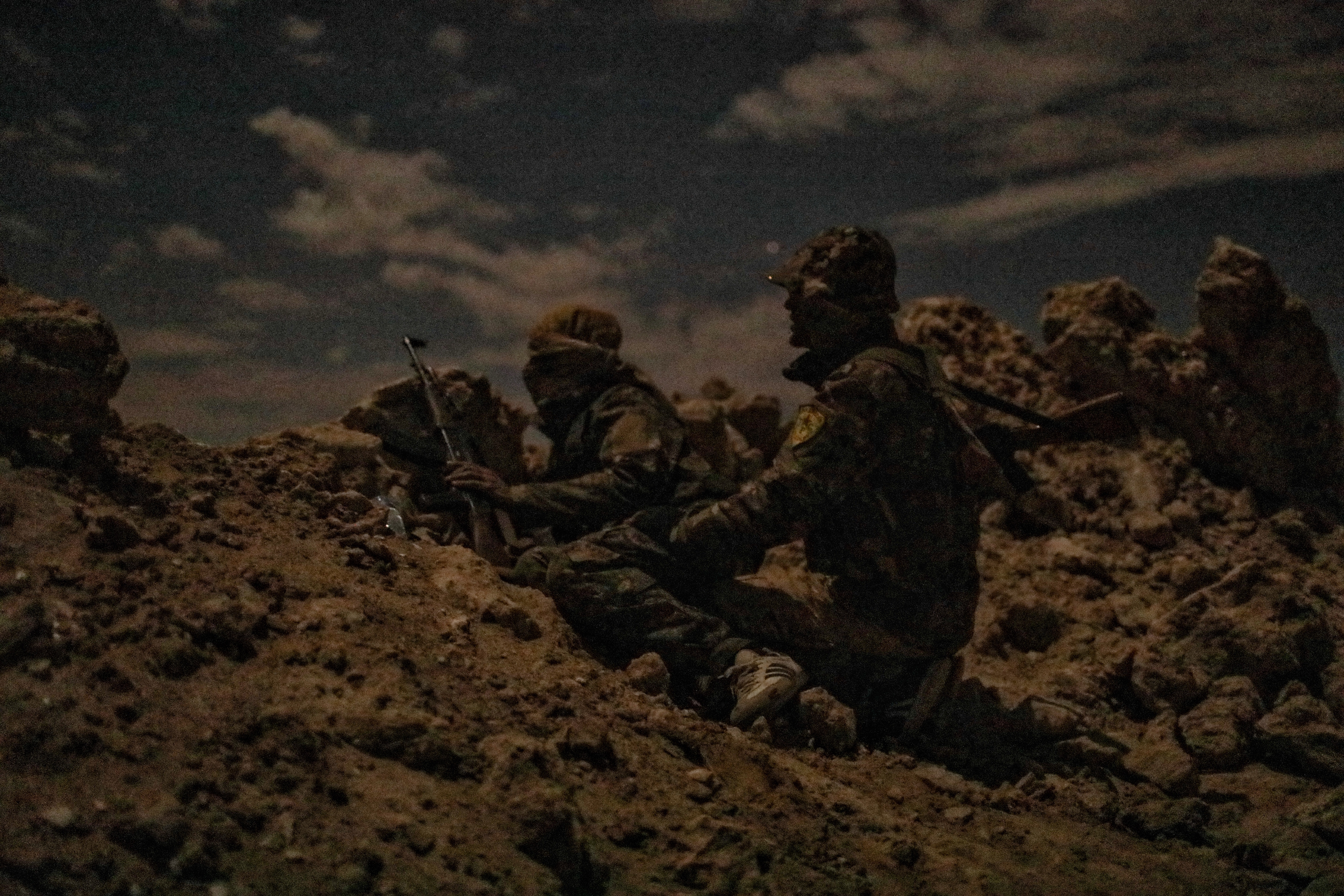

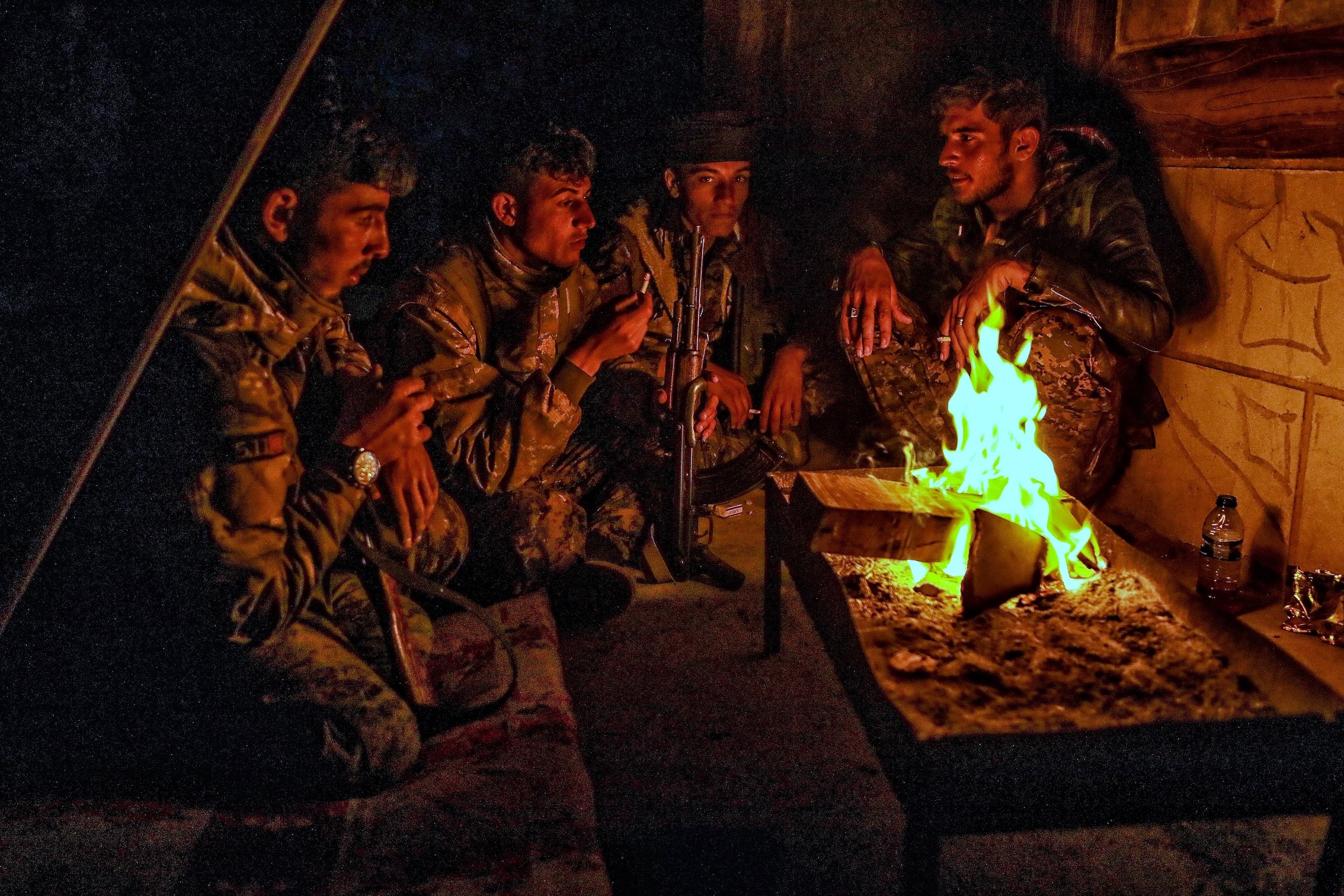
After weeks of intense bombing and gun battles, the last occupants of ISIS’s collapsing caliphate arrived at the humanitarian corridor, exhausted and malnourished. Many of them were badly injured and sick, but largely unrepentant, and still radicalized. They boarded open-air cattle trucks in freezing temperatures and were transported to a patch of land in the Syrian desert where more than 60,000 men women and children have surrendered in the last two months, a number far greater than the SDF had expected.


“We couldn’t believe so many people lived there,” SDF Commander Adnan Afrin said. “It was a surprise for us. We couldn’t believe there were so many.”
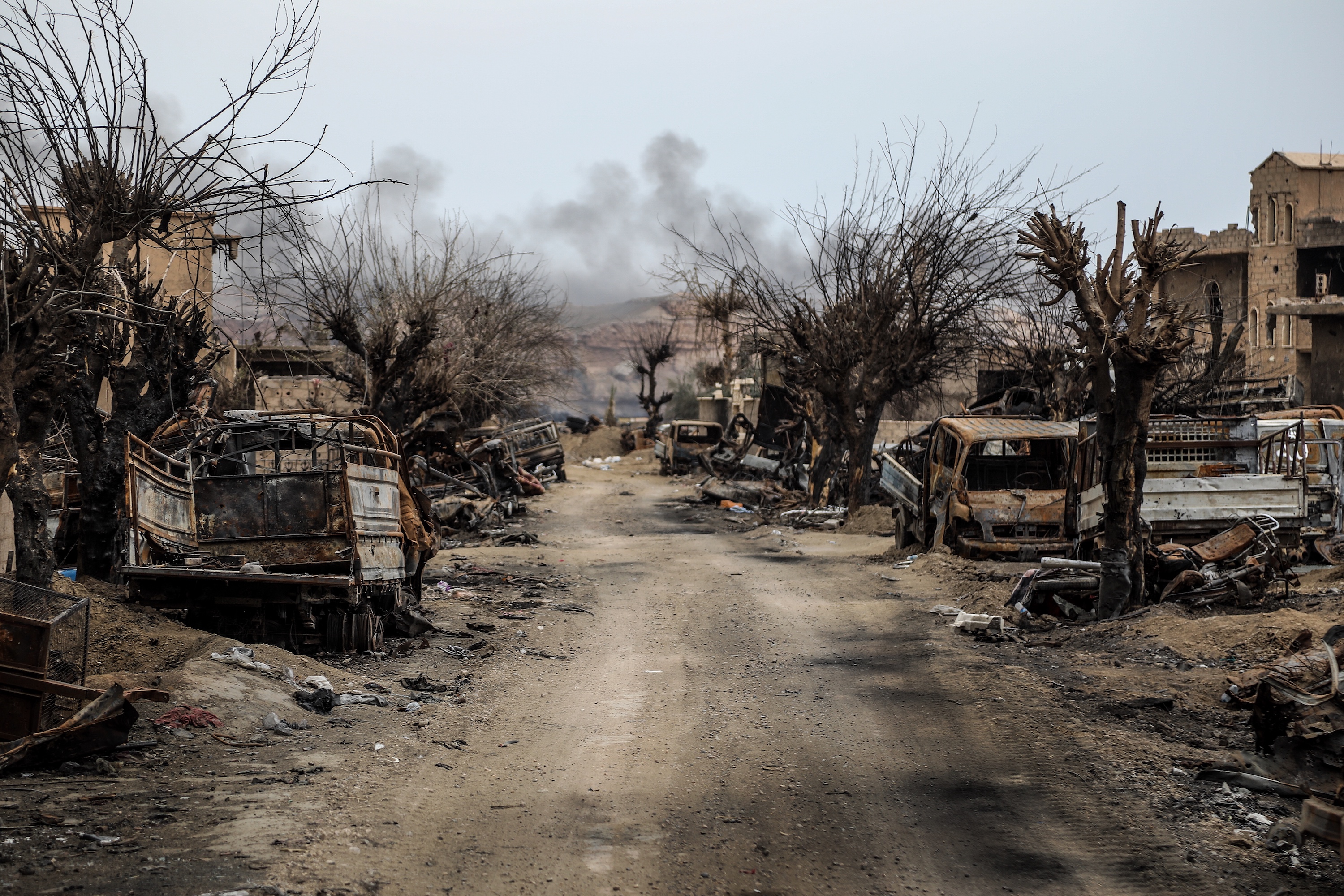
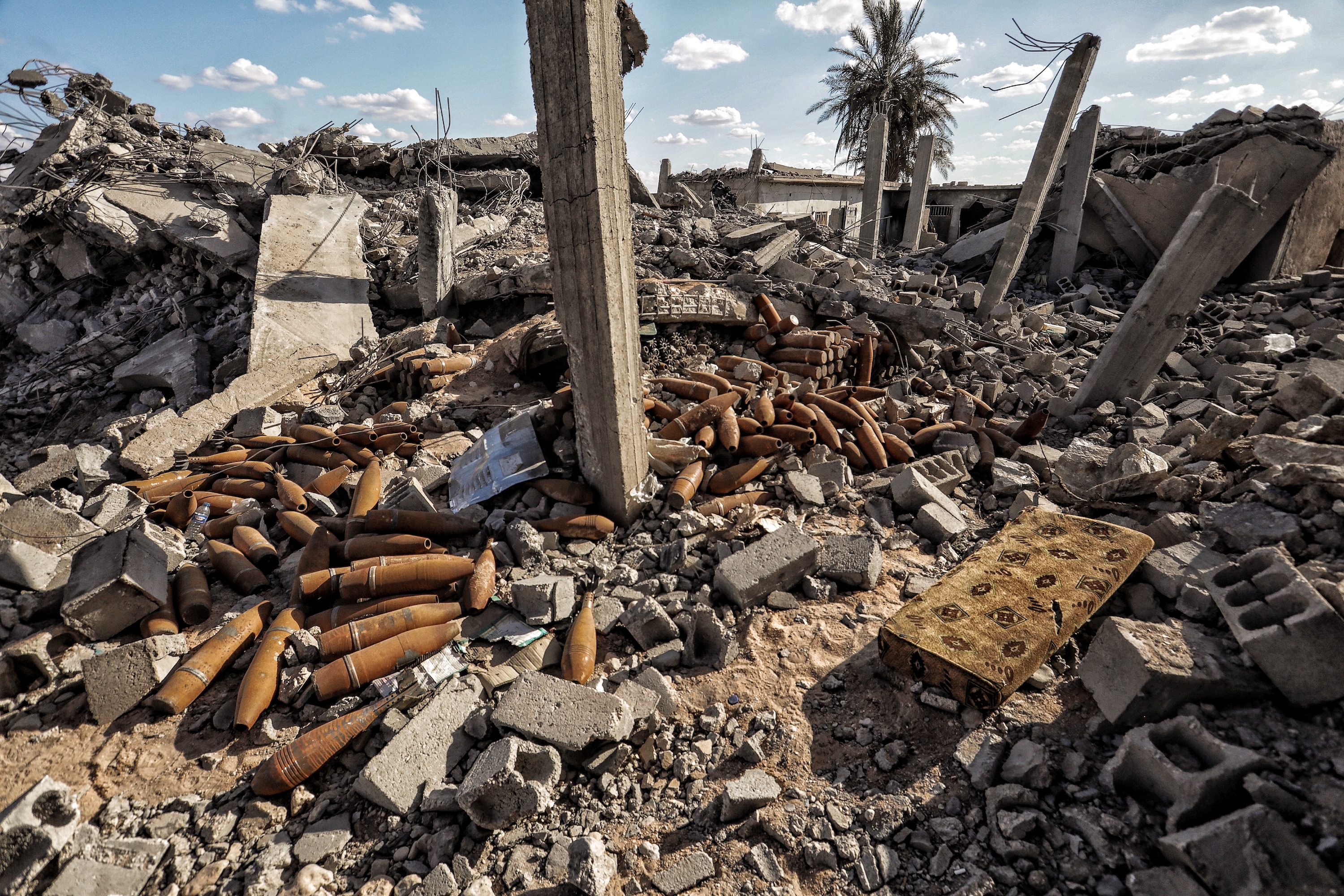
Inside the corridor, the men were screened by SDF and U.S. Special Forces and taken away to prison. The women and children were given food and emergency health care before being forced to sit and wait, at times for days, to be transported to refugee camps in northeastern Syria.

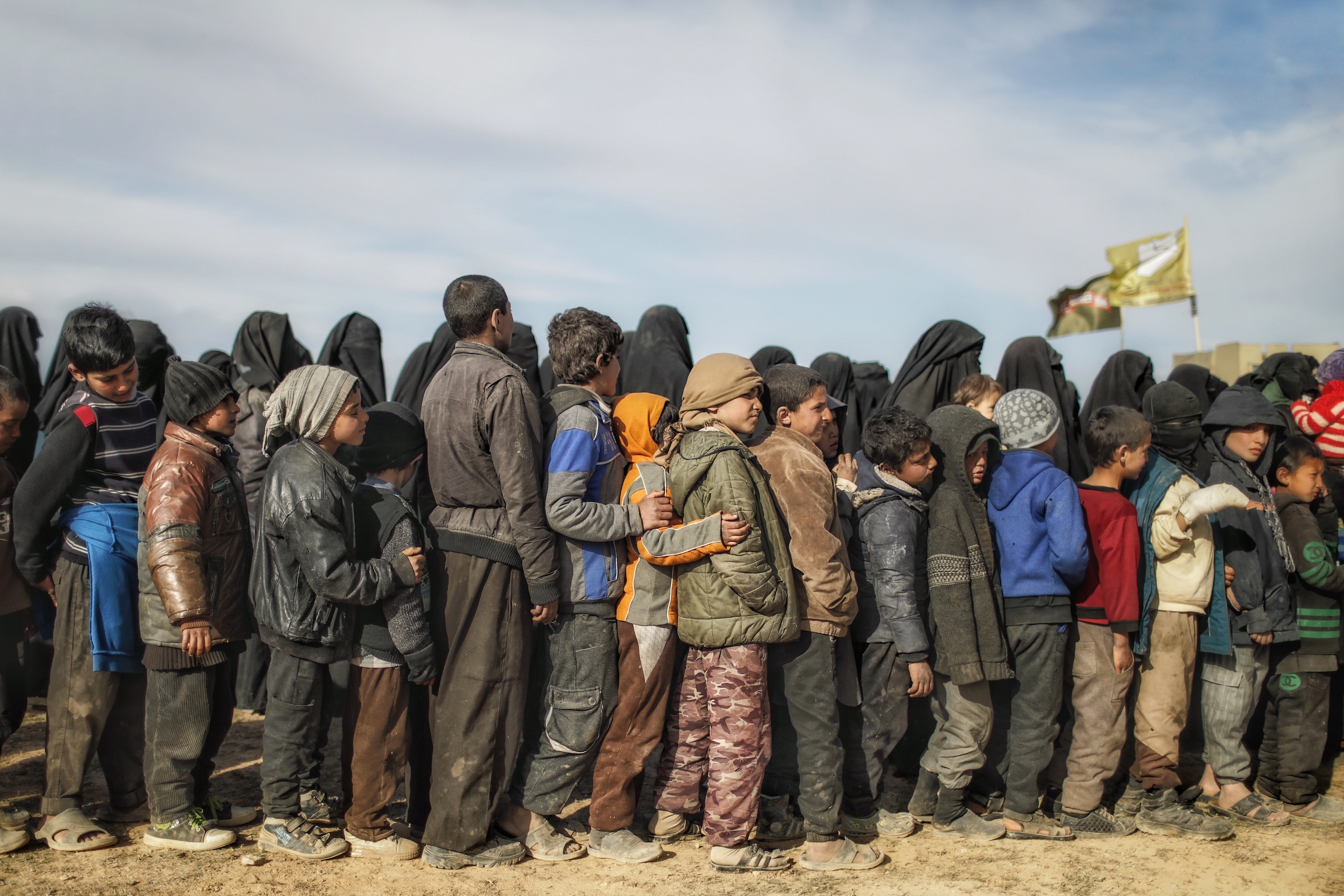
“It was really cold. The children had nothing to keep warm,” another ISIS woman recalled. She left with a group while her husband stayed behind to fight. “A child walked up to me and her parents were dead. She came with us and a family took her in.”
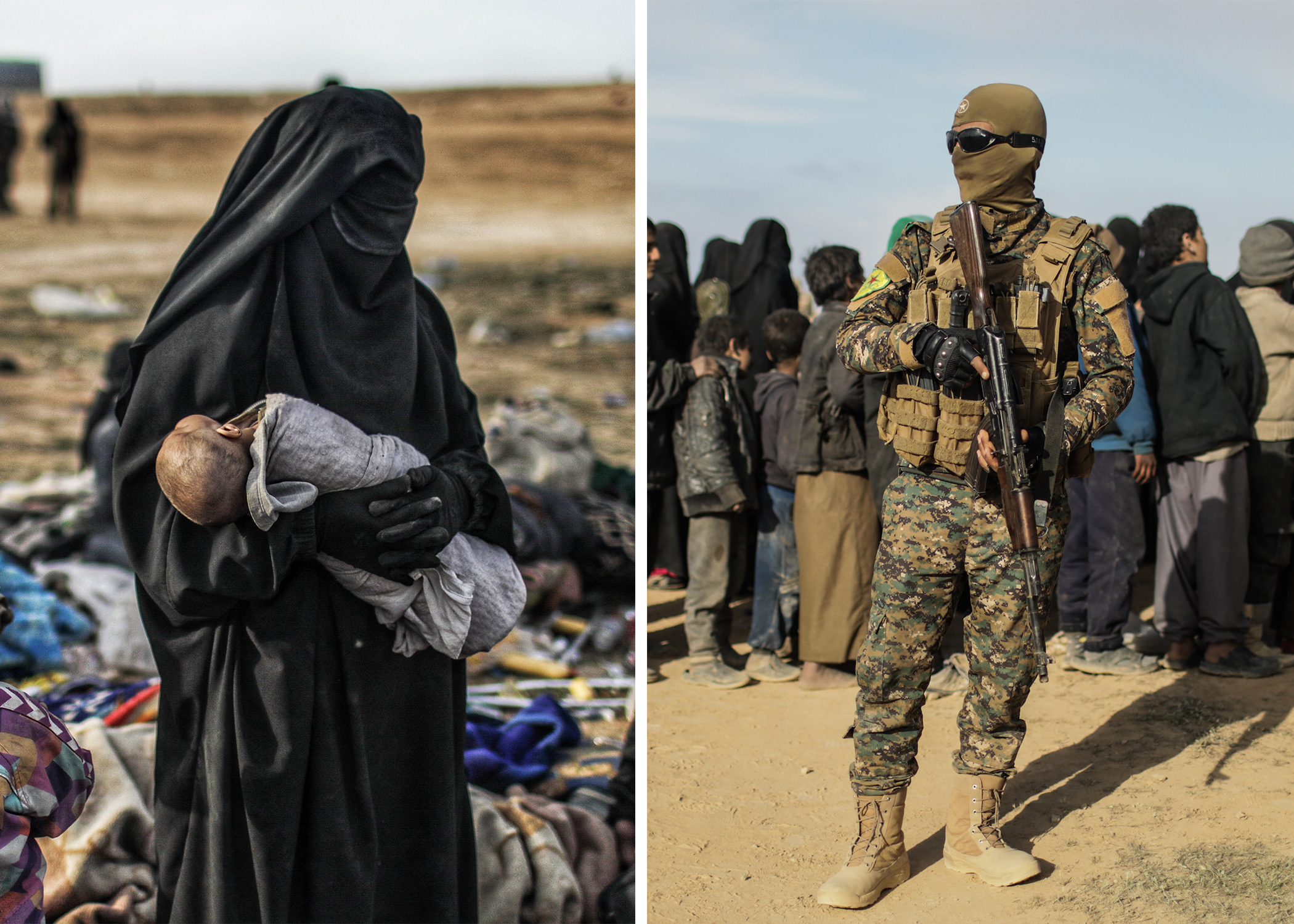
They’d spent months living inside tents and in tunnels underneath the village, with limited food, water and medicine. But many left because the bombing campaign became too intense. One Iraqi women from Anbar province described the final stage of the battle as an apocalyptic landscape.

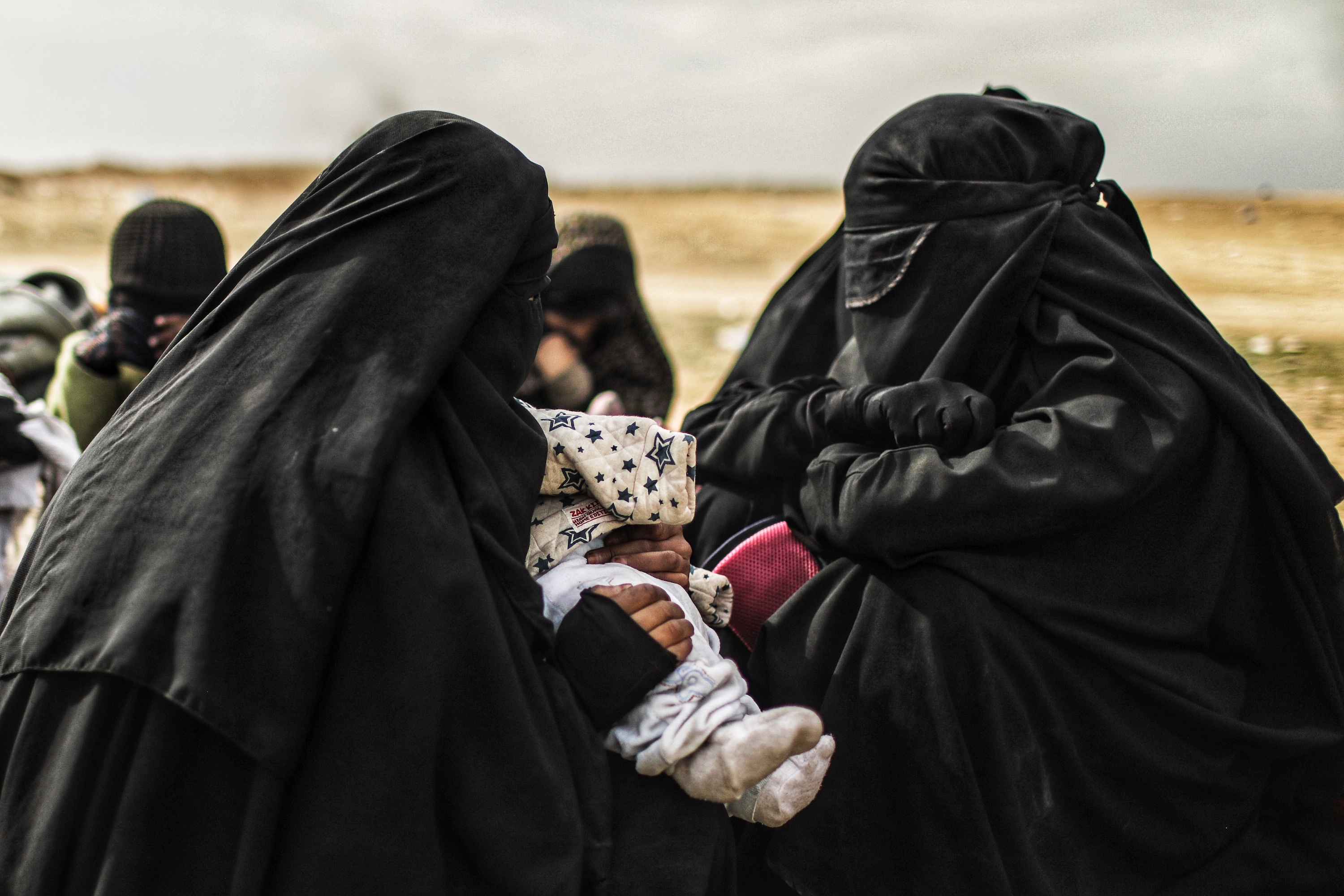
“We left charred bodies and destroyed homes behind,” she said. “Many children were burned, injured and died. All of the tents burned down, all of the cars burned down. Many people were killed.”
A sudden refugee crisis
In the week since the U.S.-led coalition declared victory over ISIS, about 500 women and children arrived at al-Hawl, a sprawling refugee camp about a six-hour drive northeast of Baghouz.

The ISIS refugees here offer a small window into the global reach of the terror group — women and children from the U.S., South America, Asia, Europe, Turkey, Indonesia, Finland, and the Caucuses have streamed into the camp in recent months. It’s now the largest refugee camp in the area, packed with more than 73,000 people, including more than 3,000 children of ISIS families from over 43 countries.

More than 200 people have died getting there or soon after arriving since women and children began fleeing Baghouz and the surrounding area in December 2018, according to the International Rescue Committee. Two-thirds of the deaths were of babies under the age of 1.
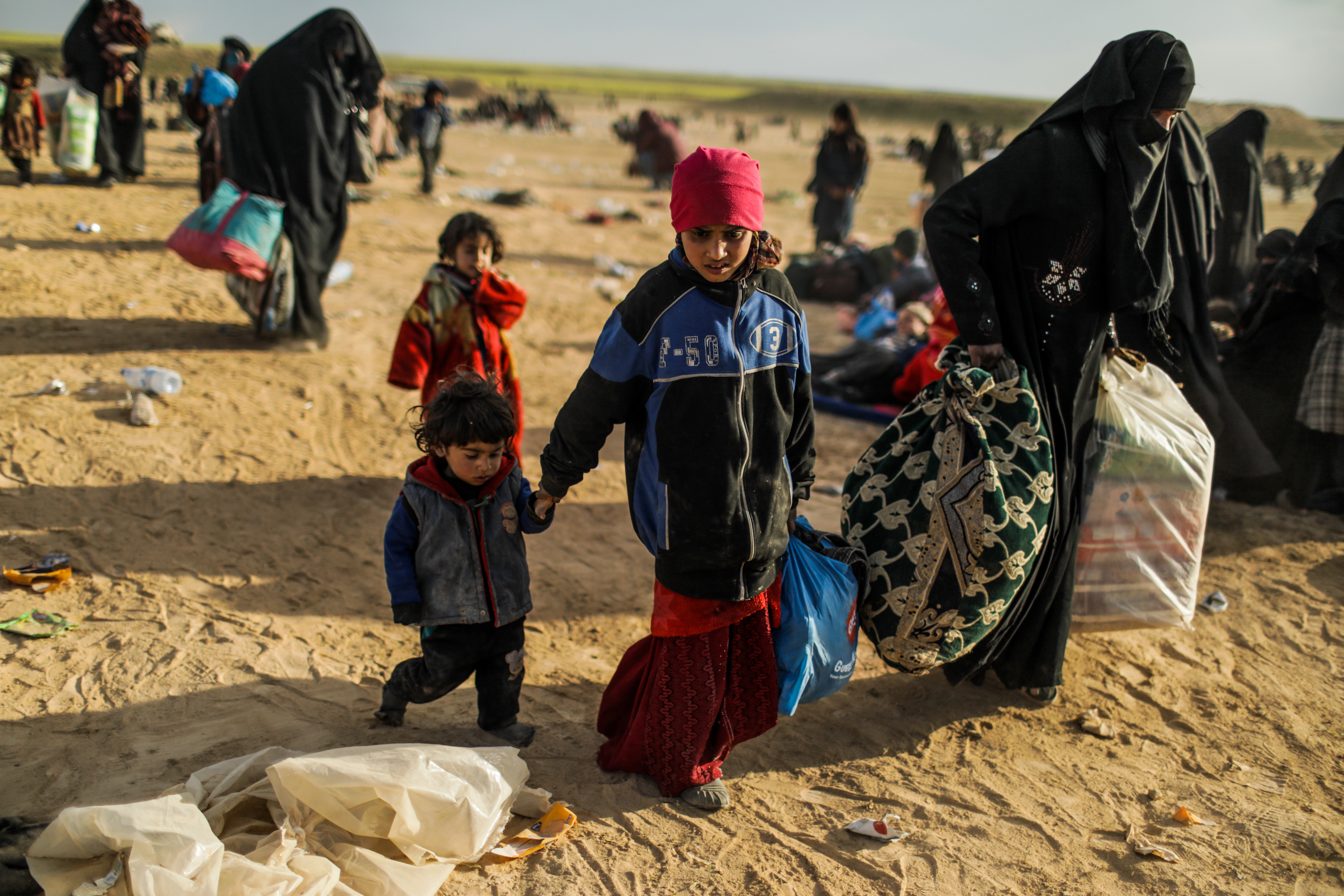
The camp also offers its own challenges: The sheer number of people have stretched its food and resources thin. Meanwhile, the dynamics are fraught. ISIS families live beside non-believers who have been displaced by Syria’s civil war and the group’s vicious campaign. Tensions run high as a result, and outbreaks of violence have grown increasingly common.
Many women of ISIS fear they’re forever stigmatized.
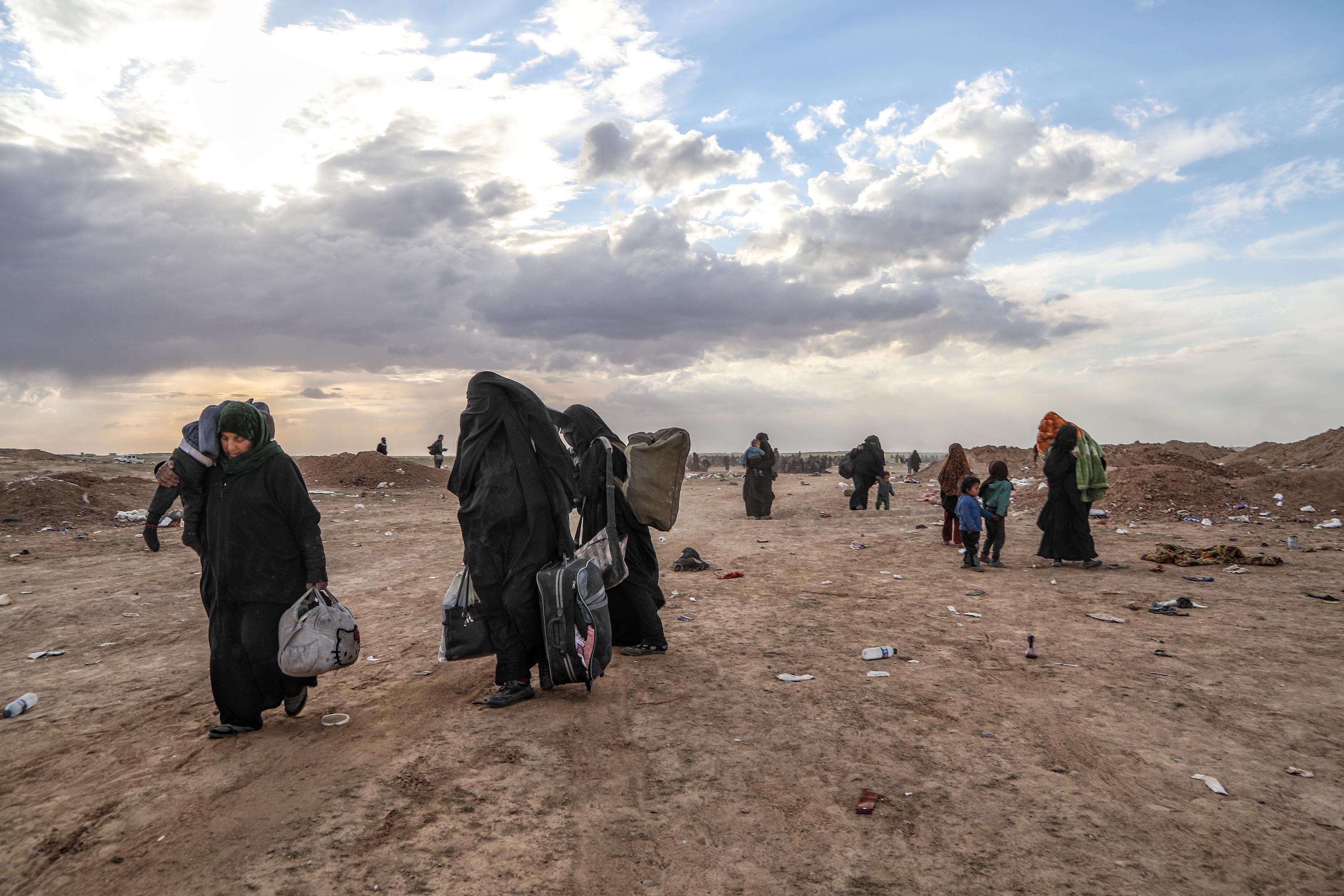
“I got sold a dream,” one Canadian woman who’s come to regret her affiliation with ISIS told VICE News. “But one thing I didn’t know when I was going there is that there’s no way out. They don’t tell anyone that there’s no way out.”

“We just want to go back to our lives in our countries and make up for the mistakes that we’ve made,” she said. “We shouldn’t be looked at as coming back to do damage.”

Cover: ISIS women line up for food and water at a screening checkpoint in the Syrian desert outside the village of Baghouz. Photo by Adam Desiderio.
More
From VICE
-

Niran PR/Getty Images -

Whoopi Goldberg (Photo by Dimitrios Kambouris/Getty Images for Tribeca Festival) -

Screenshot: Valve -

